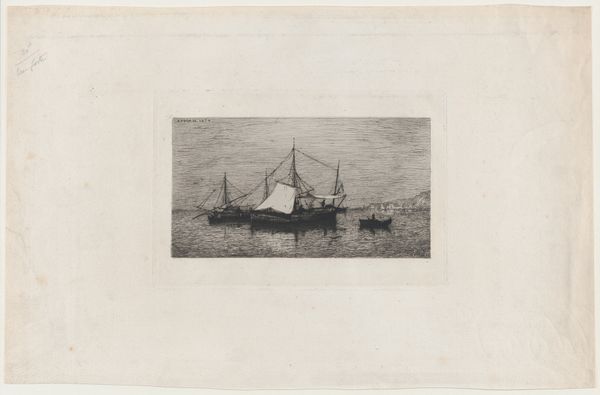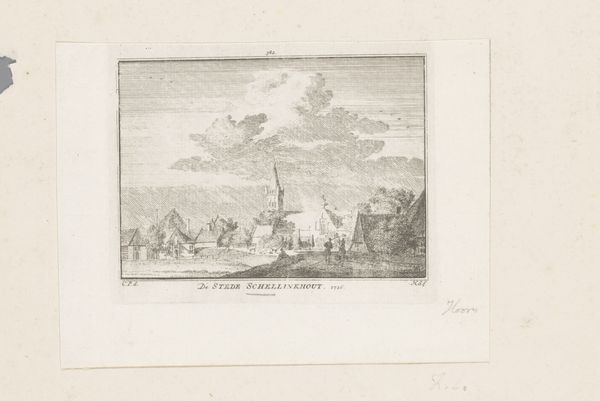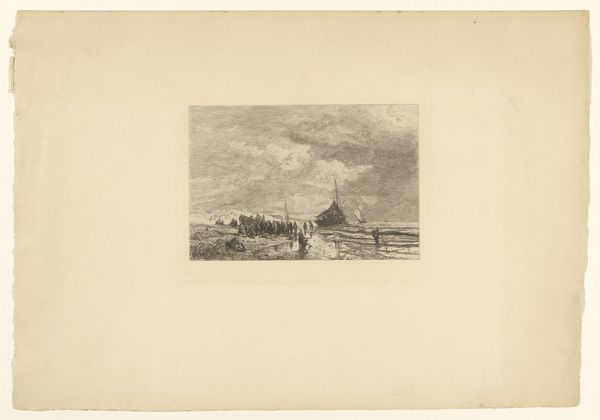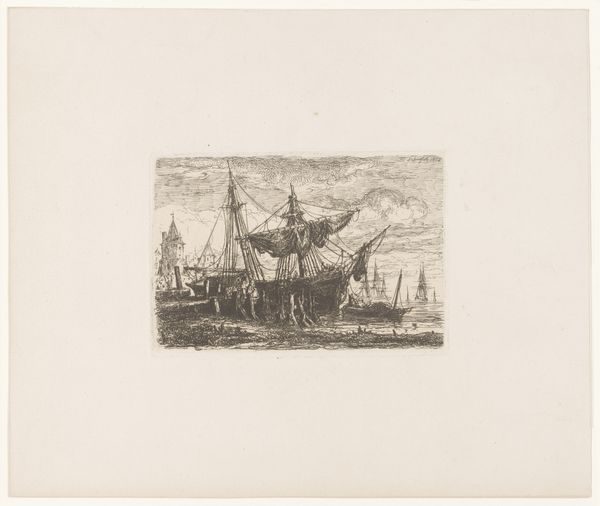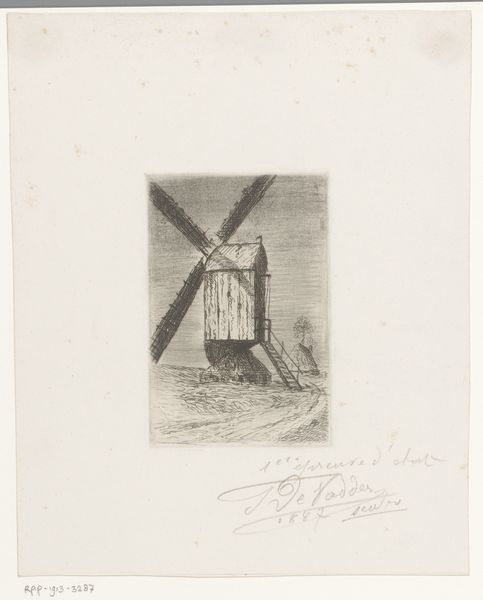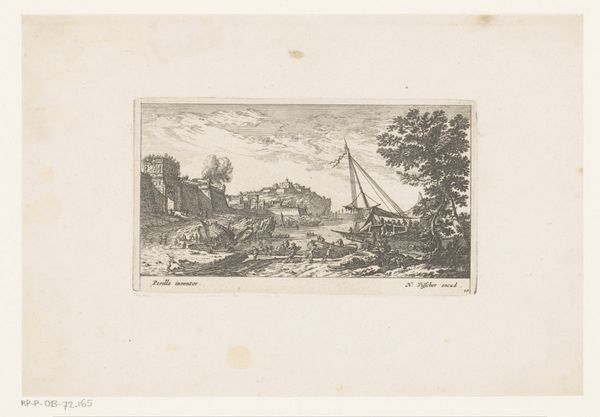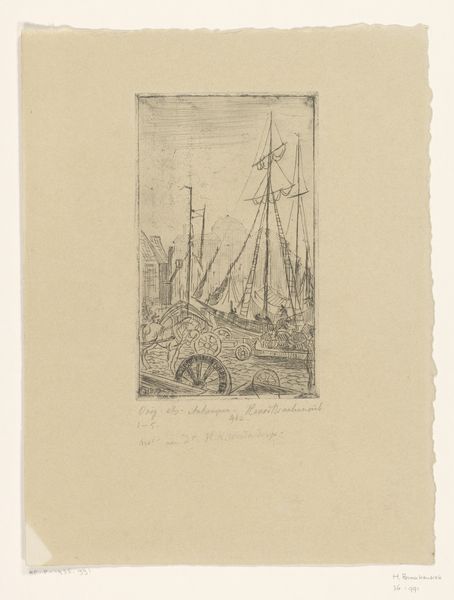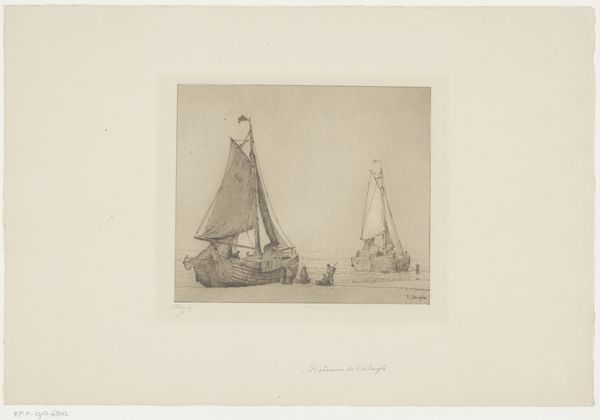
print, engraving
#
dutch-golden-age
# print
#
landscape
#
perspective
#
line
#
cityscape
#
engraving
Dimensions: height 175 mm, width 209 mm
Copyright: Rijks Museum: Open Domain
Jan Caspar Philips made this print of the harbor of Zierikzee in 1743. The print is made using etching and engraving, and the image is built up through careful labor. Notice the linear quality of the marks, the fineness of the lines, and the clean geometry of the buildings, ships, and crane which dominate the foreground. The act of etching involves coating a metal plate with wax, then drawing through the wax to expose the metal. Acid is then applied, biting into the exposed lines. The deeper the bite, the darker the line that will appear in the print. Engraving, on the other hand, involves cutting directly into the metal with a tool called a burin. Both processes require great skill and control. Prints like this were relatively inexpensive and could be widely distributed. They catered to a growing middle class that was hungry for images of the world. The print celebrates the industry and prosperity of Zierikzee, showing the vessels that brought goods and wealth to the city. Looking at the precision of the work, one can see that there is little difference between the crafts of printmaking and shipbuilding; both depend on technique, labor, and commerce.
Comments
No comments
Be the first to comment and join the conversation on the ultimate creative platform.
